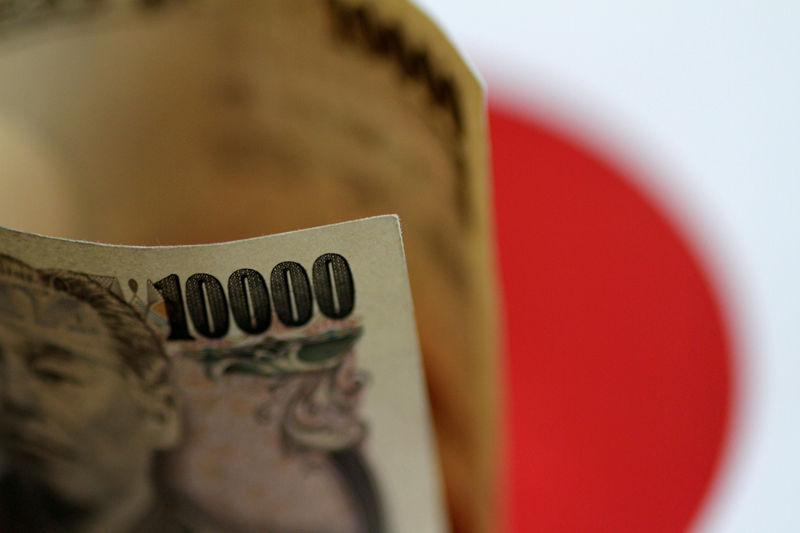The yen carry trade—a seemingly innocuous financial maneuver—has been thrust into the spotlight, blamed by many for the recent rollercoaster in global markets. What’s the big deal, you ask? Picture this: borrowing money in Japan at practically zero interest and then jet-setting those funds into more lucrative corners of the globe—be it the mighty US dollar, the electrifying tech stocks, or the wilds of emerging markets. Sounds like easy money, right? But oh, when the tides turn, it’s not just waves that crash; entire financial systems can feel the tremor.
Lately, a storm’s been brewing, and the yen carry trade is at its eye. Global equity markets took a beating, and experts say this strategy is partly to blame. What happened? UBS strategists point to several red flags that have investors biting their nails.
First, let’s talk about the Bank of Japan (BOJ). On July 31, like a bolt from the blue, the BOJ hiked interest rates, sending shockwaves through the carry trade community. Investors had been blissfully surfing on the assumption that Japanese rates would stay rock bottom. But the BOJ’s move sparked fears that this could just be the beginning. If rates keep rising, the whole carry trade setup starts to wobble.
And it’s not just Japan causing sleepless nights. Across the Pacific, whispers of a looming US recession are growing louder, coupled with the expectation that the Federal Reserve might slash rates. For carry traders, this narrowing rate gap spells trouble. It’s a bit like squeezing the last drops of juice from an orange—there’s just not much left to gain.
But the plot thickens! US tech stocks, long the darlings of the investment world, are starting to lose their shine. Confidence in AI’s future, once blindingly bright, has dimmed a little. For carry traders who bet big on tech, the returns aren’t looking so juicy anymore.
So, what exactly is this carry trade that’s causing so much fuss? In essence, it’s about exploiting the difference between dirt-cheap borrowing costs in one country and higher returns elsewhere. The magic lies in the “carry”—that sweet spot between the low-interest loans and the high-yield investments. But like all magic, it can go horribly wrong. If the funding currency (in this case, the yen) suddenly shoots up, or if the interest rate advantage narrows, or if the returns on those sexy assets abroad take a nosedive—boom, the whole strategy can implode.
Now, the yen is the superstar of carry trades. Why? Japan’s been clinging to low rates for years, even flirting with negative rates until March 2024. Compare that to the Swiss franc, another carry trade favorite that’s been jacking up rates like there’s no tomorrow. Japan’s willingness to let the yen slide in value makes it even more attractive for these trades.
But how big is this ticking time bomb, really? Some media outlets scream about trillions of dollars at risk, but UBS strategists aren’t buying it. They argue that those numbers are way overblown. They’ve broken down the yen carry trade into three categories, and each tells its own tale:
- Fast Money: Think of this as the speedsters of the carry trade world—highly leveraged and betting on futures contracts. According to UBS and data from the Commodity Futures Trading Commission (CFTC), most of these positions have already been liquidated. Why? The yen’s recent surge against the dollar since early July has sent these traders running for the exits. It’s been a wild ride, but for now, it looks like the fast money crew has mostly bailed.
- Semi-Fast Money: This is where things get interesting. UBS talks about investors who’ve borrowed yen to dive into higher-yielding currencies or stocks. Since mid-2022, around $94 billion in yen loans have been racked up. Why? Because the rate gap between the Fed and the BOJ was like catnip to these traders. But as that gap narrows, the risk here grows. UBS sees this as the potential trouble spot—the place where things could go south in a hurry.
- Sticky Money: Finally, we have the slow and steady types—long-term investments by Japan’s pension funds and insurers, like the Government Pension Investment Fund. UBS says these guys aren’t going anywhere. They’ve sunk their money in for the long haul, and there’s no real danger of them pulling out and causing a panic.
In short, while the “fast money” has largely evaporated and “sticky money” remains secure, it’s that $94 billion chunk of “semi-fast money” that keeps the strategists up at night. If things start to unravel, that’s where the drama will likely unfold.
So, why does the yen carry trade matter? Because it’s like a delicate dance on a razor’s edge. One wrong step—be it from the BOJ, the Fed, or the market itself—and we could see a cascade of financial chaos. Investors, brace yourselves. The game is on, and the stakes have never been higher.

